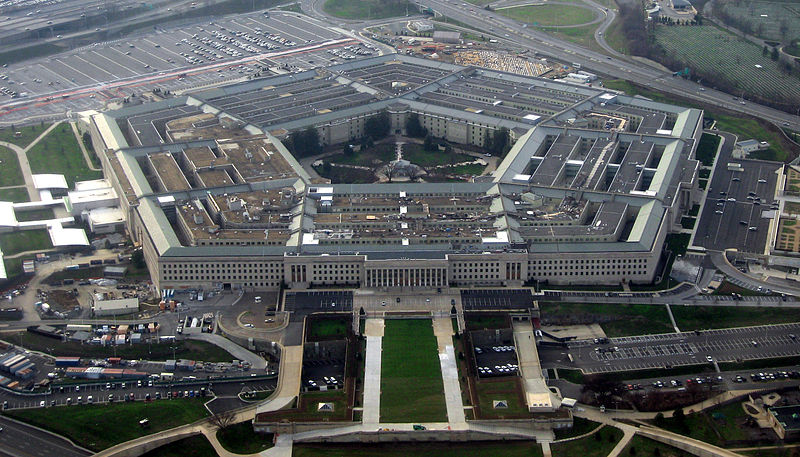By Jose Felix Pinto-Bazurco*

On April 17, 2018, Peru passed its first framework law on climate change. Ley Marco sobre Cambio Climático (Climate Change Framework Law) will create an institutional framework to address climate change in Peru, articulating in a single instrument the scope of existing national policies, including those set out in the 2014 National Strategy on Climate Change (ENCC). The law also outlines new measures, particularly with respect to climate change mitigation. It includes, for example, provisions dealing with: increasing carbon capture and use of carbon sinks; afforestation and reforestation practices; land use changes; and sustainable systems of transportation, solid waste management, and energy systems. Adaptation is also addressed, though in significantly less detail. This is interesting given that Peru will directly benefit more from adaptation than from mitigation actions and that Peru does not produce a significant share of global greenhouse gas emissions (0.2% of total global emissions).
Despite the failure to fully address climate change adaptation, the new law clearly demonstrates Peru’s interest in advancing climate solutions. While the idea of a Peruvian climate change framework law emerged some years ago when several political groups proposed a range of climate bills, this law was proposed by the executive branch and was passed unanimously by the parliament. It is the first Latin American climate change framework law to incorporate responsibilities from the Paris Agreement. Hopefully, it will enable Peru to contribute to global solutions to address climate change, and achieve the Paris Agreement’s goals. However, like many legal instruments in Peru, its effectiveness will depend on whether the political will exists to advances its implementation.
The top nine most interesting aspects of this new law are summarized below:
1. Establishes Binding Instruments: The law establishes that Peru’s climate management instruments—the ENCC, the regional strategies for climate change (ERCC), and the Nationally Determined Contribution (NDC) under the Paris Agreement—are binding and mandatory commitments for the appropriate government authorities and should be considered in their institutional budgets. This confers a legally binding character to Peru’s NDC, extending the country’s obligation beyond what is legally mandated by the Paris Agreement. Additionally, the law explicitly notes that addressing climate change falls within the competencies of regional and local governments—a practical contribution towards advancing implementation.
2. Integrates Climate Change Considerations in Public Investment Projects: The law mandates the incorporation of climate change considerations into public spending decisions at all levels of the government—national, regional, and local. To that end, the law requires the incorporation of climate risk analysis and vulnerability in the evaluations of investment projects subject to the national environmental impact assessment process. This will improve capacity to adapt to climate change by ensuring its effects on investment projects are considered at the beginning of the decision-making process. To maximize these benefits, the mandate will need to be fleshed out through regulations, which should include provisions specifying how implementing entities must account for climate change considerations.
3. Creates a National Commission: The law creates a high-level commission, the Comisión de Alto Nivel de Cambio Climático (High Level Climate Change Commission), which will have centralized authority to propose adaptation and mitigation measures and changes related to Peru’s NDC. This will be the Peruvian government’s second commission on climate change. The National Commission on Climate Change (CNCC), established in 1993, remains active but has only limited authority to build upon existing adaptation and mitigation proposals
4. Mandates Annual Reports: The law provides that the Ministry of the Environment (MINAM), the national authority on climate change in Peru, report annually to the Peruvian parliament on the progress made on those adaptation and mitigation measures that are included in national policies, plans, programs, and the Peruvian NDC. This may facilitate monitoring of the effectiveness of the climate actions undertaken by the government which could in turn significantly improve the performance of MINAM and its information recording system.
5. Plans for Climate Migration: The new law requires government planning aimed at preventing and addressing forced migration and temporary displacement due to climatic changes and other environmental impacts. This addition is particularly noteworthy considering how vulnerable Peru is to the effects of natural disasters. In 2016, the number of people killed, affected, or left missing by disasters reached the highest level in the last ten years. More alarming, this figure could become the new normal given that many of the disasters and their effects are recurrent. A recent report by the World Bank indicates that by 2050, up to 2.6% of the total population of the Latin American region could be forced to migrate if concrete actions regarding climate change and development are not taken. To achieve greater effectiveness, any migration plan should account for associated problems including access to water and food security, as well as consider new ideas to solve existing problems on internal migration and inadequate urban services.
6. Recognizes Participation of Non-State Actors: The law expressly acknowledges the role of non-state actors in addressing climate change. In particular, it recognizes the participation of indigenous communities, together with the private sector and civil society, to provide recommendations related to climate actions. Although these actors could previously participate in the CNCC, if their involvement in the new high-level commission is confirmed, it will hopefully increase the new commission’s effectiveness and validity.
7. Flexibly Interprets Ambition of Contribution to the Paris Agreement: The law establishes that Peru’s NDC will comprise adaptation and mitigation goals, but it leaves open whether subsequent goals must strengthen ambition. Given the reference, in Article 4.11 of the Paris Agreement, to countries adjusting their NDCS “with a view to enhancing [their] level of ambition”, and other references to “enhancing ambition” in the agreement, some countries have argued that NDCs must become stronger over time.
8. Develops Guidelines for Climate Financing: Between 2010 and 2014 Peru received approximately $1,554,489,983 USD in climate financing from different bilateral and multilateral sources. Most of this funding was for projects related to mitigation. The new law establishes that MINAM and the Finance Ministry will create guidelines for public and private organizations to access this climate finance. It also requires that these organizations, when they administer public, private, or international cooperation funds, must report the results of their actions to MINAM. This approach will aid evaluation of the effectiveness of expenditures and centralize information related to the implementation of climate actions in Peru. Also of note, the law prioritizes climate financing for vulnerable populations, particularly women and indigenous people.
9. Supports Scientific Research, But Does Not Establish Specialized Climate Science Entity: While the law includes a chapter dedicated to education, science, technology, and innovation, it fails to establish a specialized entity to make assessments on the state of climate science. The law misses further opportunities to more ambitiously promote research and evaluation of scientific information concerning the impacts of climate change in Peru and the effectiveness of the climate-related actions in Peru.
The enactment of this law is a significant step towards climate protection, but there are still many issues that must be resolved through forthcoming regulation, which the law requires to be passed by the government within 120 days of the law’s passage. Given that many of the challenges for climate change protection in Peru are related to inadequate institutional, political, and legal arrangements—all of which the new law seeks to address—effective implementation of the framework law through regulation and other means could significantly advance climate action in Peru.
*Jose Felix Pinto-Bazurco joined the Sabin Center for Climate Change Law in January 2018 as a David Sive Visiting Scholar. His research focuses on the legal impacts of implementing the Paris Agreement in Latin American countries. He specializes in international environmental law and has experience in public administration, the private sector, and research. He has followed the international climate change process as a delegate, a researcher, and a member of the UNFCCC Secretariat.



